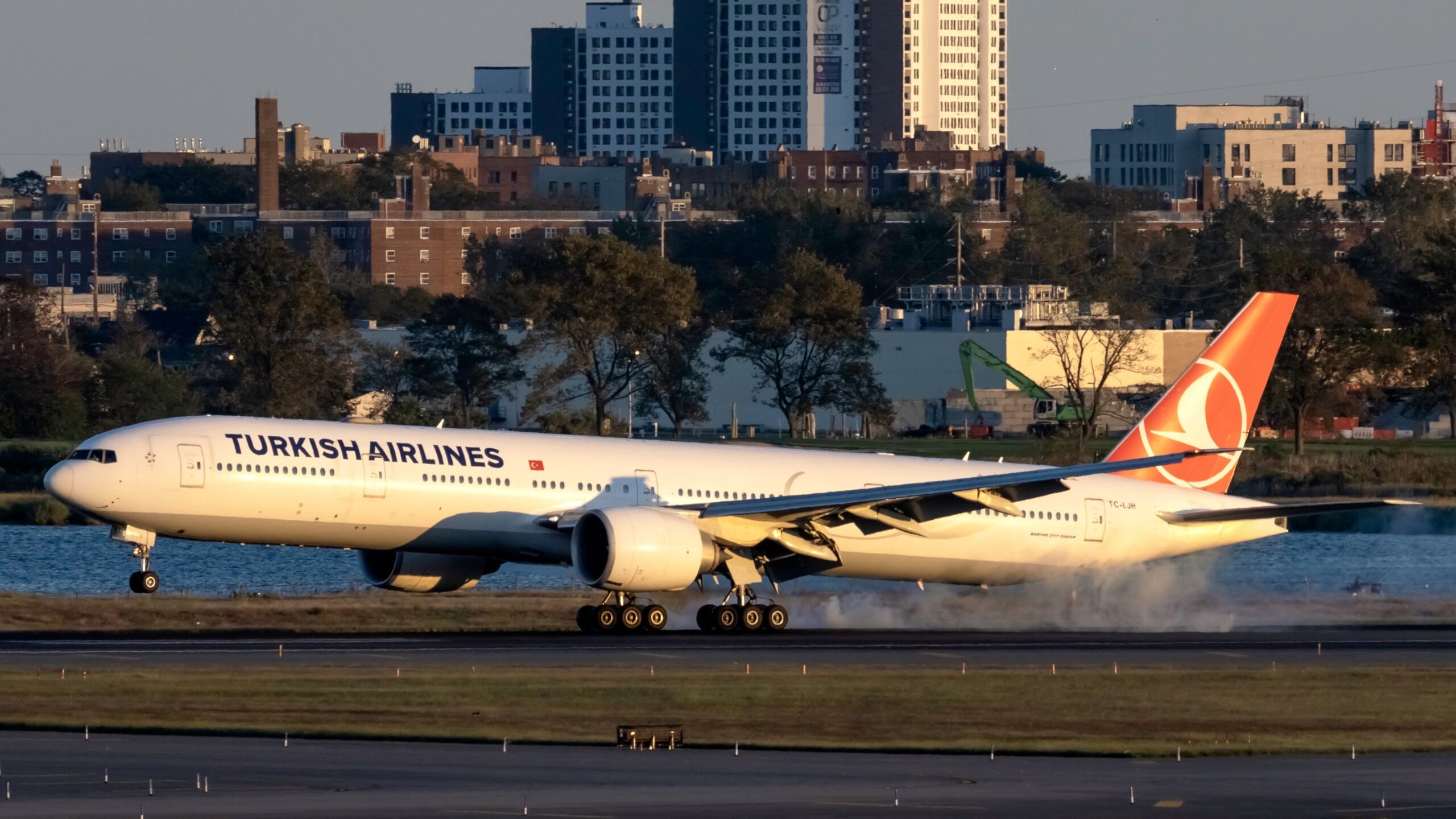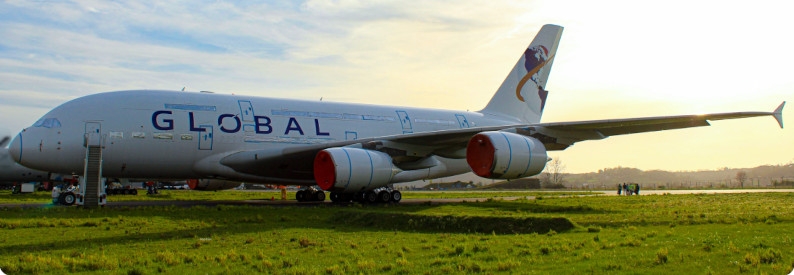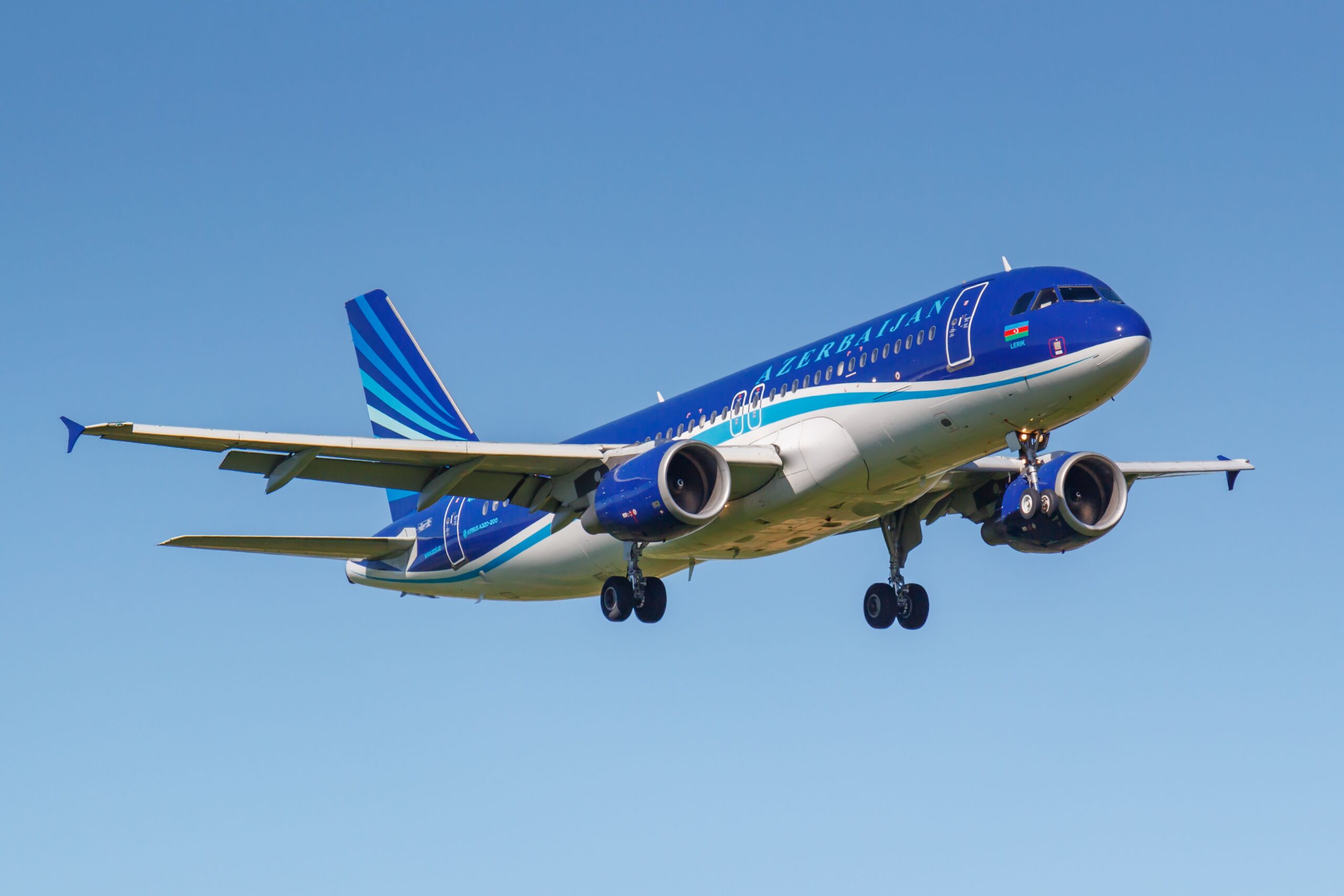Nowadays, taking care of the environment is more important than ever. Airlines are among the major factors contributing to pollution. Thus, they must find the most reliable methods to limit ecological damage.
In this article, we will cover five strategies that airlines can use to eliminate their carbon footprint completely. Let’s get in!
Sustainable Aviation Fuel
SAF is a great way to reduce airplane emissions. It comes from plants, waste oils, and algae, and it doesn’t create as much pollution as regular jet fuel. Airlines can mix SAF with their usual fuel to reduce their carbon footprint.
Route Optimization
Planning the best routes for flights is crucial for using less fuel and reducing emissions. Airlines can use advanced technology to determine the perfect path by assessing weather, flight status, traffic, and the best fuel usage strategy.
Airlines can reduce carbon emissions and save money by finding the best routes and heights to fly. If airlines work together with air traffic controllers, they can make the skies even more efficient, which is good for the environment.
Fuel-efficient Aircraft
It’s super important for airlines to use planes that don’t need too much fuel. New planes are way better because they’re built with new technology that makes them use less fuel for each mile they fly. So, investing in these new, fuel-efficient planes is a smart move for airlines to make a big difference in reducing their carbon footprint.
Fueling Digitalization and Optimization
Using digital tools can help airlines save fuel and produce less emissions when they fly. These tools can access data quickly to help airlines make smart choices about how much fuel to use, plan their flights, and run their operations efficiently. By using these digital solutions, airlines can find where they’re wasting fuel, fix problems before they happen, and use less fuel.
Also, going digital makes it easier for everyone involved in flying planes to work together better, which helps make everything run smoother and helps the environment, too. Moreover, keeping track of real-time flight statuses through the web site: JetBlue Flight Status can naturally enhance decision-making processes for fuel optimization during flight planning.
Improve Engine and Craft Efficiency
Making planes and engines better is important for reducing carbon emissions. Airlines can work with big companies to improve engines, reduce air resistance, and improve performance.
Furthermore, winglets and better designs can help reduce fuel consumption and further contribute to environmental sustainability. Therefore, Airline companies can accelerate the process of making air travel a more sustainable industry by improving their engines and planes.
By Bishal Biswas



